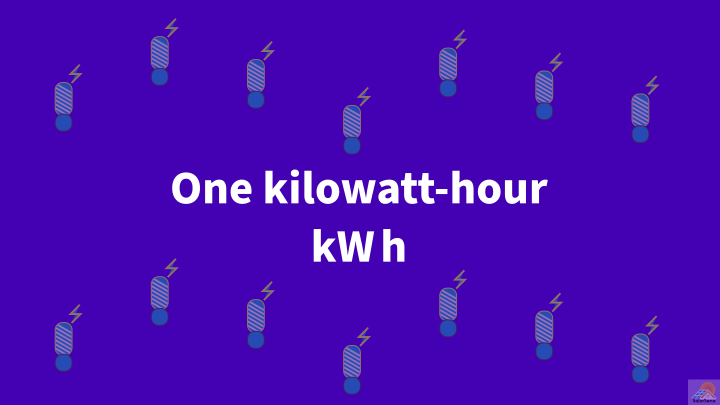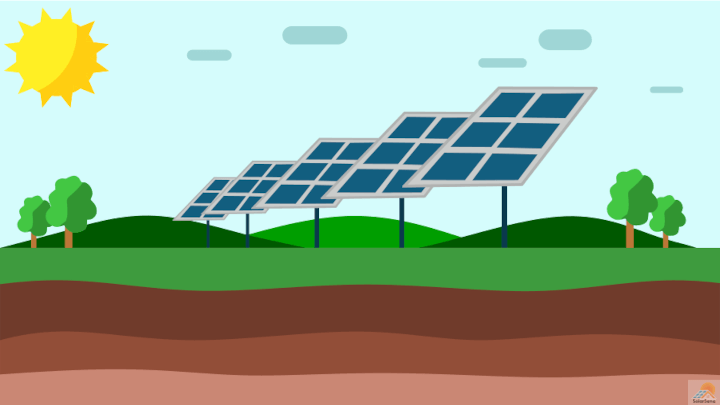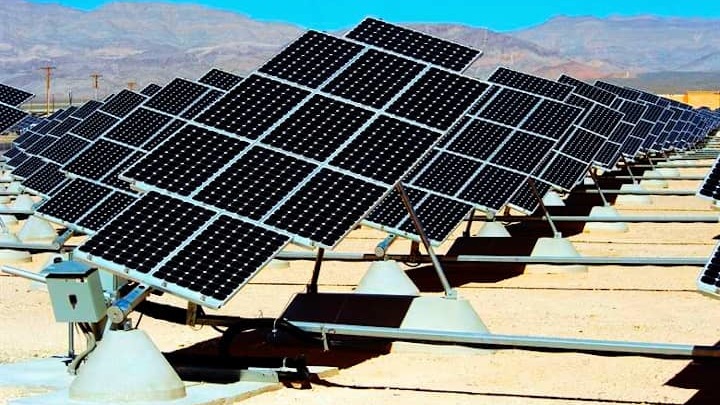The rising price of electricity is bothering many. People often look at their bills but forget to pay attention to their kilowatt-hour usage. The kilowatt-hour is a way to measure how much energy you have consumed. Your utility provider charges you based on kilowatt-hours you have consumed during the month. By understanding the usage of kilowatt-hours of your home, you can better understand your energy needs and reduce your electricity usage. And certainly, you can save some bills.
What is a kilowatt-hour?
The kilowatt-hour is a unit of energy. It signifies the amount of energy you are using. A kilowatt-hour is defined as the amount of energy consumed when a one kilowatt (1 kW) of an appliance is run for one hour. For example, if you run a microwave oven of 1 kW for one hour, it will consume energy equal to 1 kW h.
The standard acceptable abbreviation of the kilowatt-hour is “kW h.” However, in practice, people remove the space between kW and h.
The mathematical approach to the definition is explained below.
One kilowatt-hour is one kilowatt-hour times one hour.
1 kW h = 1 kW × 1 h
We know one hour has 3600 seconds in it.
1 kW h = 1 kW × 3600 s = 3600 kJ
Further, one kilojoule is a thousand joules.
1 kW h = 3.6 × 106 J
Thus, one kilowatt-hour is three million and six hundred thousand joules.
Kilowatt-hour of an average American household
In the United States, an average household drew 10 968 kW h of electricity per annum in 2018.
Aside from common use, this figure covers electricity use for space heating, water heating, air conditioning, and refrigeration. Per month the usage was equal to 914 kW h, and the average kilowatt-hour usage per day was 30.05 kW h.
Tennessee stood first in power consumption. For an average Tennessee household, per-month electricity consumption was around 1283 kW h. It was followed by Louisiana, Mississippi, and Alabama. On the other hand, Hawaii had the lowest kilowatt-hours, around 518 kW h. Alaska, Vermont, and Maine also showed numbers below 600 kW h.
Your electricity bill will always display the number of kilowatt-hours you consume. From that number, you can compare it with your average state number to know whether you are above average or below.
Practical examples
There is no better way to understand the kilowatt-hour without some practical examples.
Using 25 laptops for 1 hour
A typical laptop takes 15 to 45 watts of power with the active screen. Assuming 40 watts, we would require 25 laptops to reach one-kilowatt of power. Thus, running 25 laptops for one hour will consume energy equivalent to one kilowatt-hour.
We can also redefine the above statement in terms of a single laptop. A 40 W laptop used continuously for 25 hours, roughly an entire day, will consume electricity equals one kilowatt-hour.
Lighting 10 bulbs for 1 hour
A standard 100 W incandescent light bulb will draw 100 W of power. When ten such bulbs are light, they will draw 1 kW of power. And after an hour of lighting, the total energy devoured by them will be equal to 1 kW h.

Using 4 solar panels for 1 hour
A solar panel comes between 200 to 450 watts. These numbers are rated power and valid under the ideal condition—i.e., complete sunshine and clear weather. Assuming 250 watts a panel, four solar panels will together generate one kilowatt-hour of energy in an hour of exposure to bright sunlight. Of course, we are ignoring any losses and inefficiencies incurred in the photovoltaic system.
Running a refrigerator for 5 hour
Refrigerators are a basic appliance for every household. They are accountable for a significant portion of electricity usage since they consume 200 to 700 watts of power and run continuously. A 200-watt refrigerator will need 5 hours to consume one kilowatt-hour.
Watching TV for 4 hours
A 56′ of LCD television sucks around 210 to 322 watts of power. Taking an average usage of 250 watts, you have to watch television for four hours to make it to 1 kW h.
Using a microwave oven for 1 hour
A medium-sized microwave oven consumes more wattage than basic appliances since heating food is energy-intensive. Depending on the size of an oven, the power can go from 600 watts to 1200 watts. For a 1000 W microwave oven, one-hour use will consume 1 kW h.
Heating a room for 40 minutes with a space heater
Space heaters are a convenient appliance for heating the air in a room. These portable devices heat the air surrounding it, and through convection, the heated air is circulated in the entire room. A common medium space heater needs a wattage of around 1500 W to operate. In 40 minutes, these machines devour the energy over 1 kW h.
Drying clothes for 15 minutes
A dryer uses a heating element to magnify the drying of clothes. A typical electric dryer consumes 1500 W of power, which is equivalent to 1 kW h per 15 minutes.
How many kilowatt-hours do you use?
The simplest way to find the number of kilowatt-hours you use is through your electricity bills. The utility provider always mentions your usage consumption and charges in the bill. You can also track the numbers via your utility meter.

Cost of electricity per kilowatt-hour
The cost of electricity is always measured in the kilowatt-hour. The figure below displays the rising price of residential electricity in the US from 1975 to 2019.

In 1975, the price per kW h was 3.5 cents, and after four decades, it has increased above 13 cents. The graph will continue to follow the trend in the future, which indicates the electricity will be costly in the future.
As of May 2020, the average residential price reported was 13.14 cents per kW h. Hawaii had the highest electricity cost, around 30.94 cents per kW h. After Hawaii, Connecticut and Alaska had the highest electricity rates; the rates were above 23 cents per kW h. Louisiana had the lowest electricity rates, 9.66 cents per kW h. Besides Louisiana, Florida, Oklahoma, Idaho, and Washington had electricity rates below 10 cents.

Solar power cost per kilowatt-hour
Solar power is deemed to replace traditional electricity in the future. The energy from the sun is free and renewable. However, it has its limitations and is still struggling to compete with traditional electricity, especially in developing countries. In many states of the United States, solar power has already reached grid parity—a point where renewable energy becomes cheaper or equal to the electricity from the grid.
When we talk about solar power, we are usually referring to photovoltaic technology. So, how much solar power cost per kW h? Well, the answer is not simple, and there are several factors that affect the price of solar power. The price can vary from country-to-country, state-to-state, and home-to-home.
Solar power is unevenly distributed on the earth. As a result, the amount of solar energy available to you will depend upon your location. For example, the Southern and Western United States have higher solar irradiance than the Northern United States. Thus, the same photovoltaic system will produce more energy in the Southern and Western United States.
The energy produced also depends on the size of the photovoltaic system you are looking for and the orientation of your home. All of these factors play a decisive role in determining the price of solar power per kilowatt-hour. The US states of California, Arizona, Nevada, New York, New Mexico, Hawaii, and a few others have achieved grid parity. And others are heading to join them in the coming years.
Conversions
Kilowatt-hour (kW h) to joule (J)
One kilowatt-hour is three million and six hundred thousand joules.
1 kW h = 3.6 × 106 J
Kilowatt-hour (kW h) to watt-hour (W h)
One kilowatt-hour is one-thousandth of one watt-hour.
1 kW h = 1000 W h
Kilowatt-hour (kW h) to megawatt-hour (MW h)
One kilowatt-hour is a thousand megawatt-hour
1 kW h = 0.001 MW h
Kilowatt-hour (kW h) to BTU
One kilowatt-hour is approximately equal to three thousand four hundred and twelve British thermal units.
1 kW h = 3412.14 BTU
If you would like our recommendation for the best 120 watt solar panels, you can read our article here.



